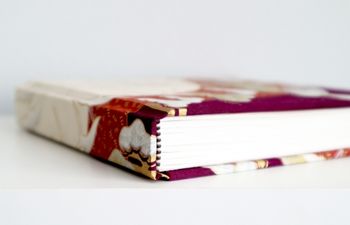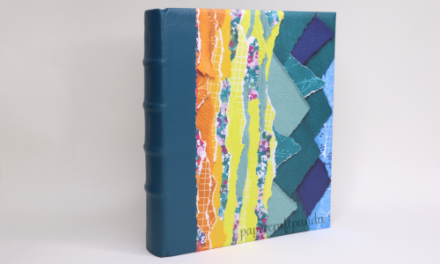One of the greatest advantages of being a bookbinder is having the ability to make my own journals and notebooks. Over the years, I’ve turned to writing to deal with such emotions as anxiety, depression and good ol’ guilt & shame. Journaling these emotions in a book I’ve created just for me is not only therapeutic, but inspiring.
You see, there are significant moments in our lives where a journal can help us understand ourselves better, move forward through a difficult time or heal from trauma. In today’s post, I’ll share my very personal top 5 important life events you should record in a journal and why.
Gender identity & transition
While many people are aware of their gender identity early on, it can take others a lifetime to truly understand themselves. This process can be very complicated for teenagers in particular. I know, because one of my daughters (I have three girls) is feeling pressure from friends to decide on a gender identity and sexual orientation (even though she doesn’t know exactly who she is yet).
Journaling daily emotions and feelings can help identify thought patterns that can help you realize who you are without all the chaos.
Writing in a journal can be a way for a person to document their story and all of the feelings (beautiful and difficult) that go with it. These stories are important not only for the person writing them, but for those they decide to share them with.
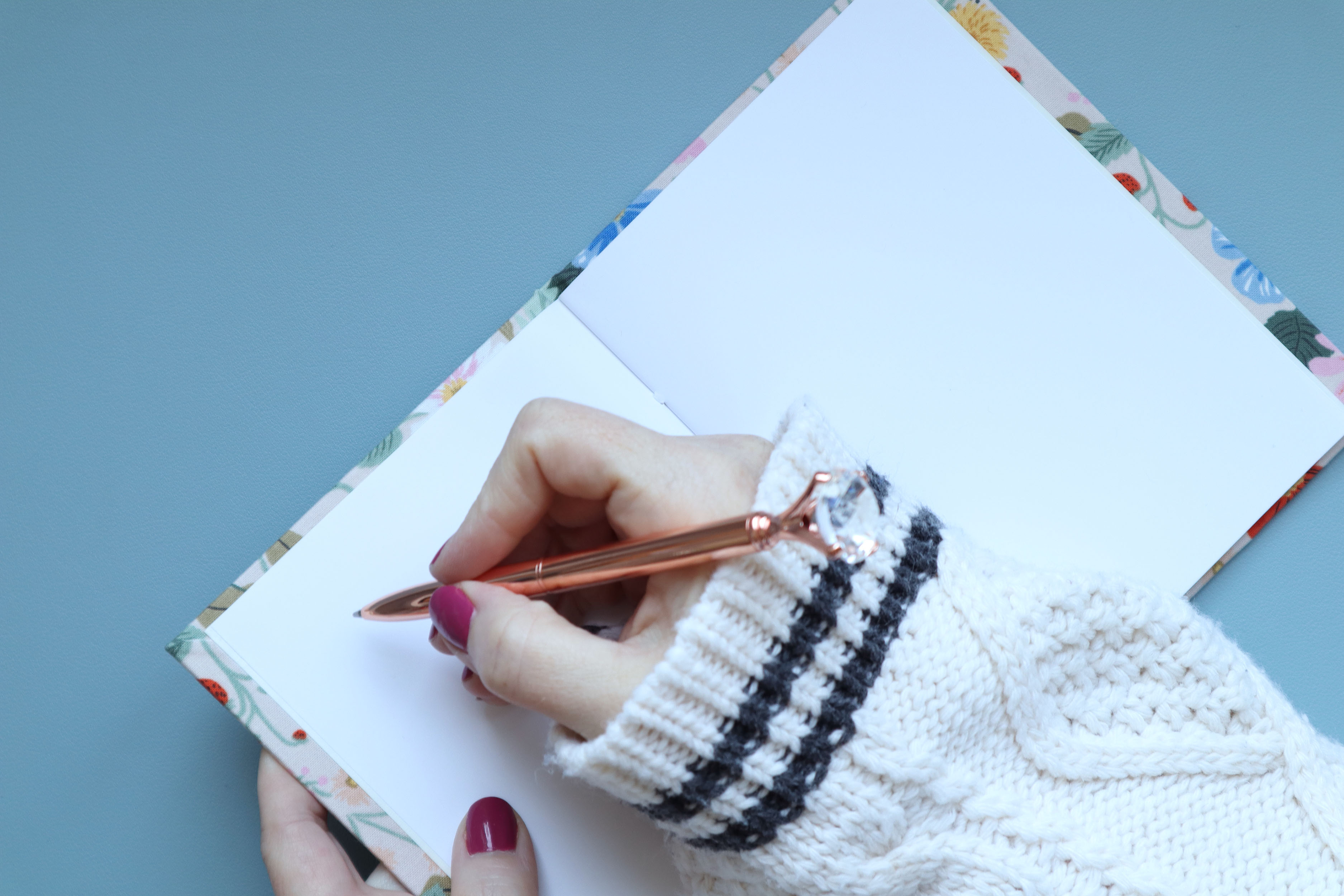
Survivor’s guilt
In 2016, my mom had a massive heart attack. She is 7 years younger than my dad with no history of heart disease, so it came as a complete surprise. After 10 days in the cardiac ICU and another week in recovery, she was discharged from the hospital with a new set of medications.
While we thought the worst was behind us, we were wrong. Over the next few months, my mom went from feeling incredibly grateful to horribly guilty about her survival. She had no problem changing her diet or obeying doctor’s orders, but she struggled to understand why she was given another chance at life when so many had been denied.
Several months in, a therapist suggested she join a community of heart attack survivors online. Fellow survivors recommended journaling. They were all suffering from nightmares, lack of sleep, a loss of meaning, listlessness and anxiety (among others). Mom was feeling those, too. Journaling helped her come to terms with her situation, which in turn lifted the veil of depression she’d fallen under. Today, she continues to record her thoughts and feelings in books I’ve made just for her.
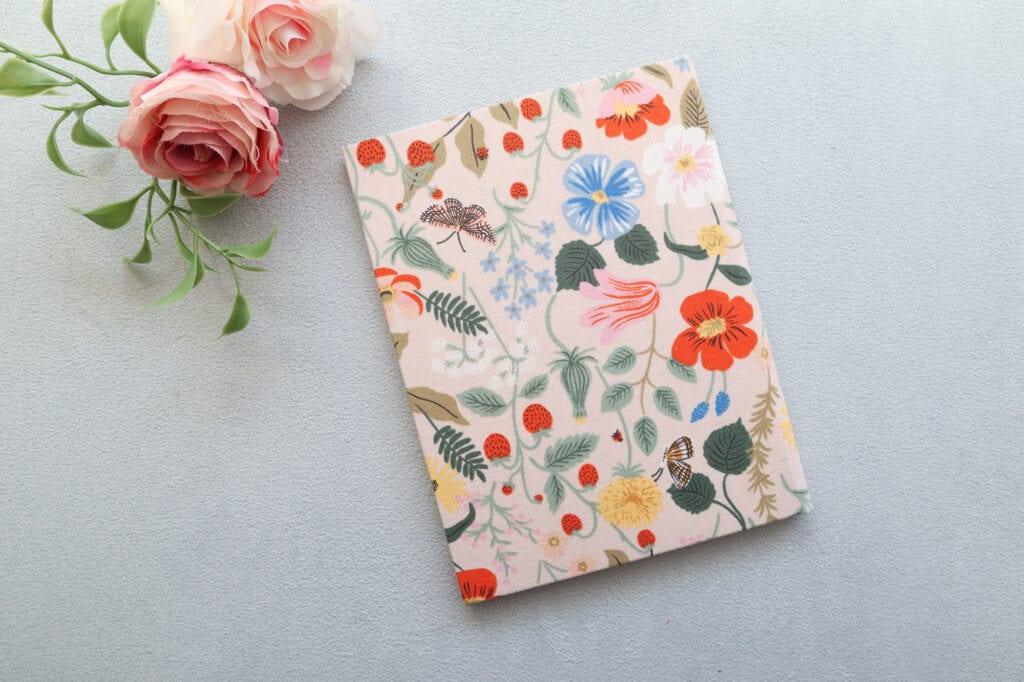
Divorce
When I went through a divorce in 2005, I was riddled with emotion. I felt like a failure. I used to tell myself that I would never get divorced, but there I was – talking to a lawyer and discussing custody arrangements.
For months, I teetered between hating and loving myself. Most days, I knew it was the right decision. Other days, I wasn’t so sure. This back-and-forth made me crazy. On my birthday that year, I went to a spa. It was the kind of spa I had to save up for, where you get to hang out the entire day among soft pillows, big windows and warm fireplaces. It made me feel like writing. I picked up a pen and let it all out on the back of a magazine.
Eventually, I converted those scribbles into a proper journal. Writing let me check myself and my thoughts before they could get out of control. It also showed me just how much emotional abuse was going on with my ex-spouse. We are friends today, but the journal reminds me time and again that we were never good as partners.
Weight loss or weight loss surgery
In 2011, I gave birth to my youngest daughter. I was 121 pounds overweight and miserable. One day, I’d had enough. I decided it was either life or death. I began a journey that continues today. I’m 90 pounds lighter now with a new respect and understanding for myself.
I’ve always been an emotional eater, so I adjusted the trigger/response cycle. I also started eating better and lifting weights. While eating right and adding movement propelled my weight loss, it was the mental change that carried me forward.
Over these years, I’ve kept journal with all of my thoughts and frustrations. There are no words to express how it feels when people equate your weight to your worth, but I’m learning that my opinion of myself is the only one that matters. Shining light on these emotions gives them less power over me.
Moving
During my weight loss journey, I realized a change of scenery was needed. Instead of living in Miami around toxic people that triggered my shame and self-doubt, we decided to move to Seattle, WA, where big tech was booming. The surroundings were beautiful, but getting to know new people in a foreign place was hard. I remember feeling lost, lonely, disoriented, confused and anxious.
Even though the move itself was a healthy decision, it was hard for all of us to call this new place “home.” We all wrote things down and talked about it at dinner. Our kids weren’t always willing to share, but we shared anyway. Eventually, they opened up. I’m convinced journaling was a big part of our ability to integrate here.
What kind of journal should I make?
Number of pages
Ask yourself what the journal will be used for and how long you’ll need it. Build a book with 40-90 pages for short term events and go with 100+ pages for everything else.
Blank, lined, dotted or graph paper
Use paper that encourages you to write. For me, lined paper is best. My youngest and middle daughters prefer dotted paper and my oldest likes her pages blank. Which one do you like?
What will you write with?
I have carpel tunnel, so I like a ball point pen that flows easily without added pressure. A friend of mine likes to use a quill pen (and sometimes she uses one with an ink pot, too!) while another friend likes mechanical pencils with super fine lead.
What you write with will determine what you’ll write on.
Most people can use regular copy or printer paper, but anyone who works with ink pens knows that a thicker paper is best to prevent running and encourage the ink to absorb. When selecting paper, make sure to keep this in mind.
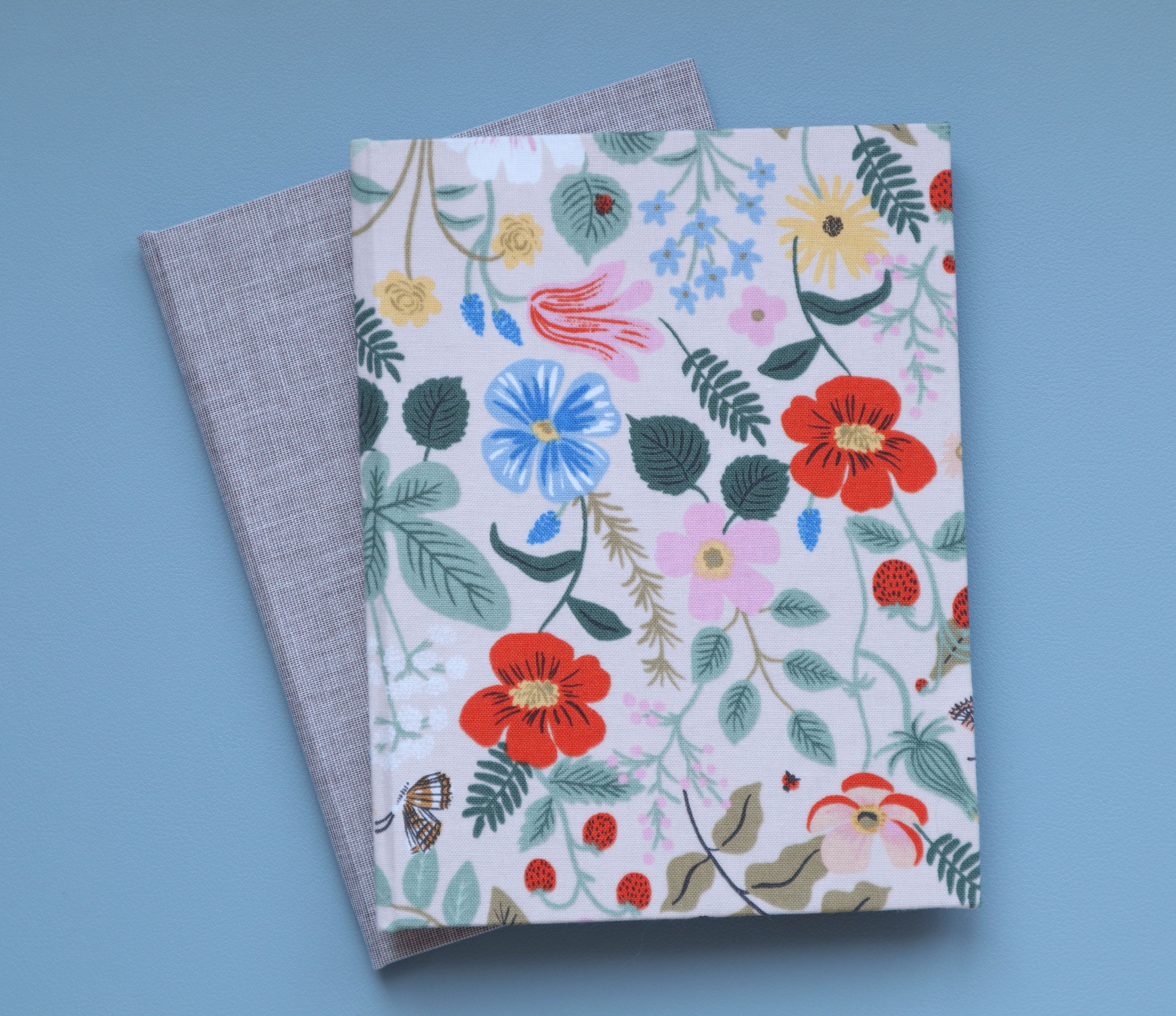
I hope this post helps you in some way. Happy journaling and I hope you’ll enjoy making your own book!
More bookbinding goodness
✨ What tools do I need to get started bookbinding?
- Bookbinding Tools & Supplies Quick Start Guide – learn all about book making tools, which to buy first & where to go online
- Pick up my popular Complete Starter Bookbinding Tools Kit – all the bookbinding essentials in one spot
🌟 Looking for a simple way to start making books?
Try a Complete Book Materials Kit. Each one has everything you need (+ tutorials & videos) to make a beautiful book without all the fuss.
Thank you for taking me along on your book making journey!
Misty



